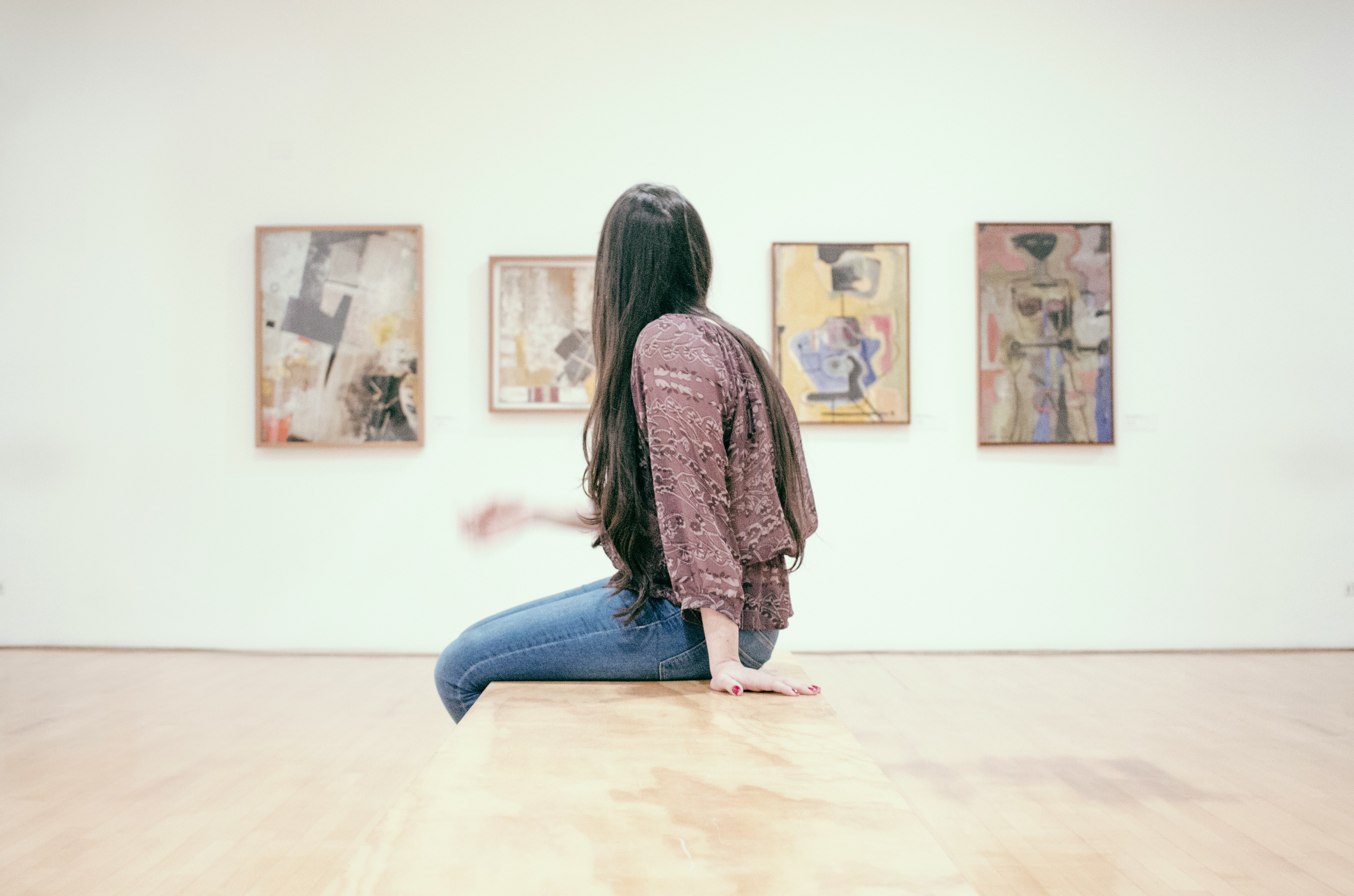The Surrealist Revival in Contemporary Visual Arts
In the ever-evolving landscape of visual arts, a captivating resurgence of surrealist techniques and philosophies has taken hold, captivating both creators and audiences alike. This revival, rooted in the rich history of the early 20th-century movement, has found new life in the hands of contemporary artists who are reimagining surrealist principles for the modern era. As galleries and museums embrace this renewed interest, the art world finds itself at the precipice of a fascinating exploration of the subconscious, dreams, and reality.

The Modern Resurgence
In recent years, a new generation of artists has breathed fresh life into surrealist concepts. This revival is not merely a nostalgic nod to the past but a reimagining of surrealist principles in the context of contemporary issues and technologies. Artists are employing digital tools, mixed media, and immersive installations to create works that blur the lines between reality and fantasy in ways their predecessors could only dream of.
Digital Surrealism: A New Frontier
The advent of digital art and artificial intelligence has opened up unprecedented possibilities for surrealist expression. Artists are using sophisticated software and AI algorithms to generate dreamlike landscapes and impossible scenarios that push the boundaries of imagination. These digital works often incorporate elements of glitch art, 3D modeling, and virtual reality, creating immersive experiences that transport viewers into surreal digital realms.
Surrealism in Photography and Film
Contemporary photographers and filmmakers are also embracing surrealist techniques, using advanced editing software and practical effects to create images and sequences that defy logic and expectation. These artists manipulate reality through clever compositions, double exposures, and digital manipulations, resulting in photographs and films that challenge our perception of the world around us.
The Influence on Popular Culture
The surrealist revival has extended beyond the confines of galleries and museums, permeating popular culture in significant ways. Fashion designers, advertisers, and even game developers have drawn inspiration from surrealist aesthetics, incorporating dreamlike elements and illogical juxtapositions into their work. This widespread influence has brought surrealist concepts to a broader audience, sparking conversations about reality, perception, and the nature of consciousness.
Exhibitions and Critical Reception
Major art institutions around the world have taken notice of this surrealist resurgence, curating exhibitions that showcase both historical surrealist works and contemporary interpretations. These shows have been met with critical acclaim and public interest, highlighting the enduring appeal and relevance of surrealist ideas in the 21st century. Critics and scholars are engaging in lively debates about the role of surrealism in addressing modern anxieties, technological advancements, and societal shifts.
The Future of Neo-Surrealism
As the surrealist revival continues to evolve, it raises intriguing questions about the future of visual arts. Will this movement lead to entirely new forms of artistic expression? How will emerging technologies further shape surrealist practices? The answers remain to be seen, but one thing is clear: the spirit of surrealism, with its emphasis on imagination, subconscious exploration, and challenging reality, remains as vital and relevant as ever in our rapidly changing world.




